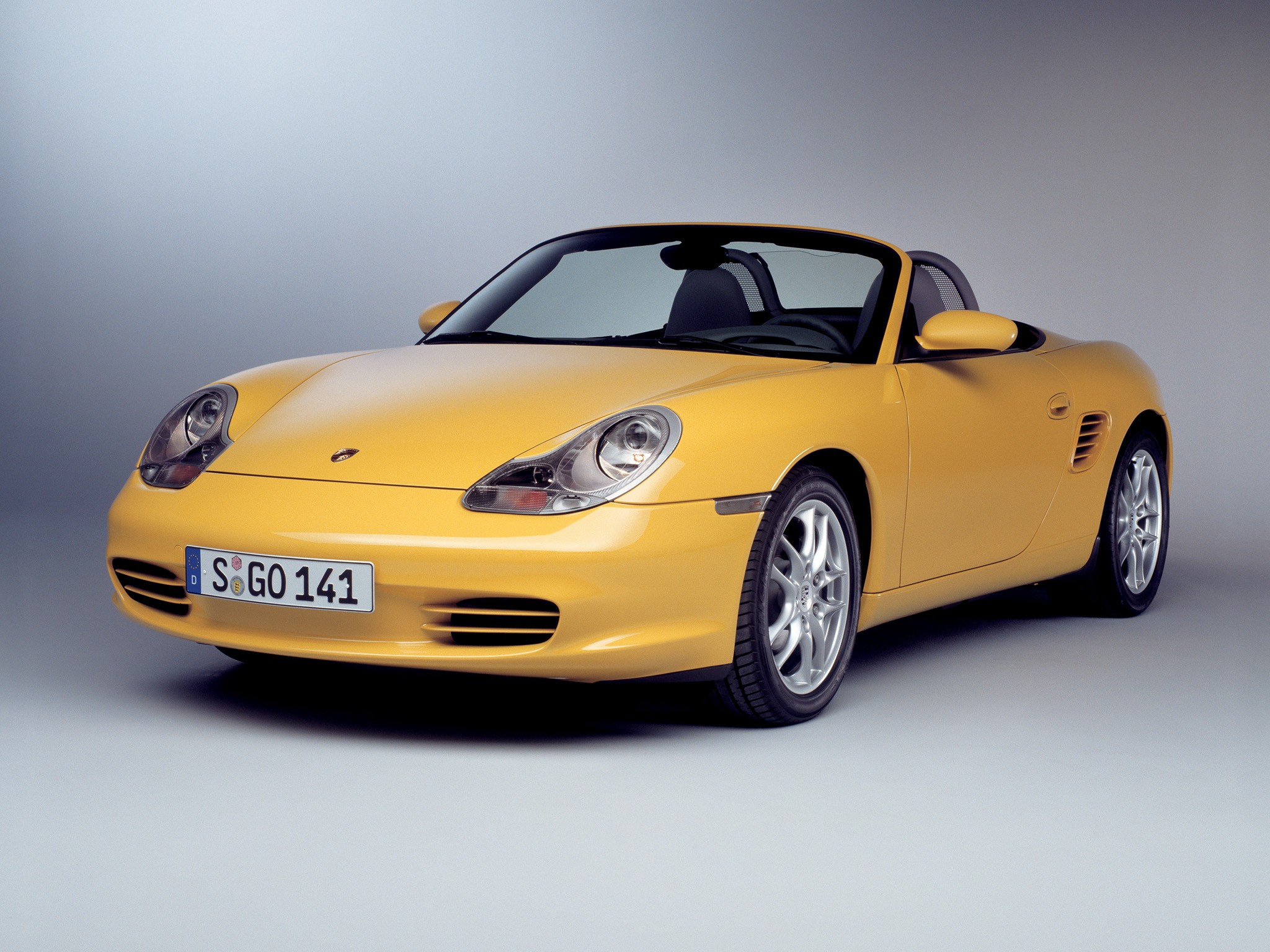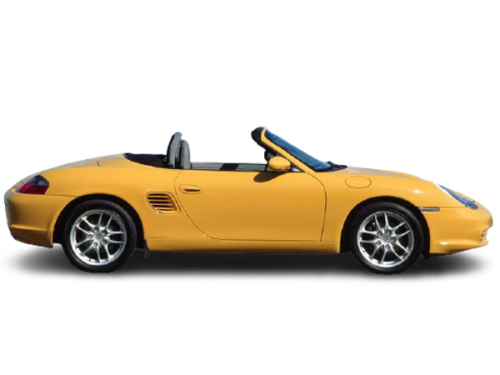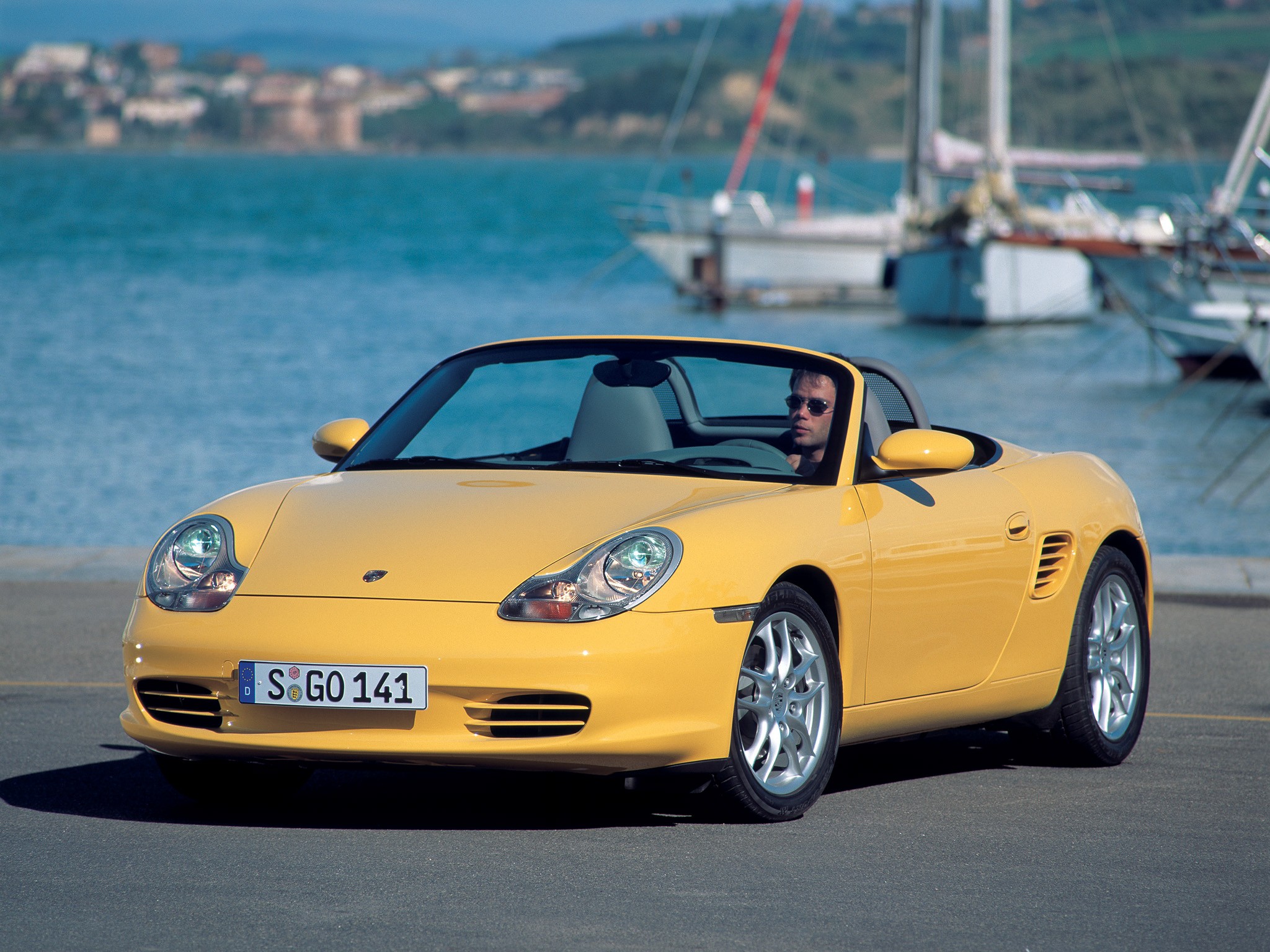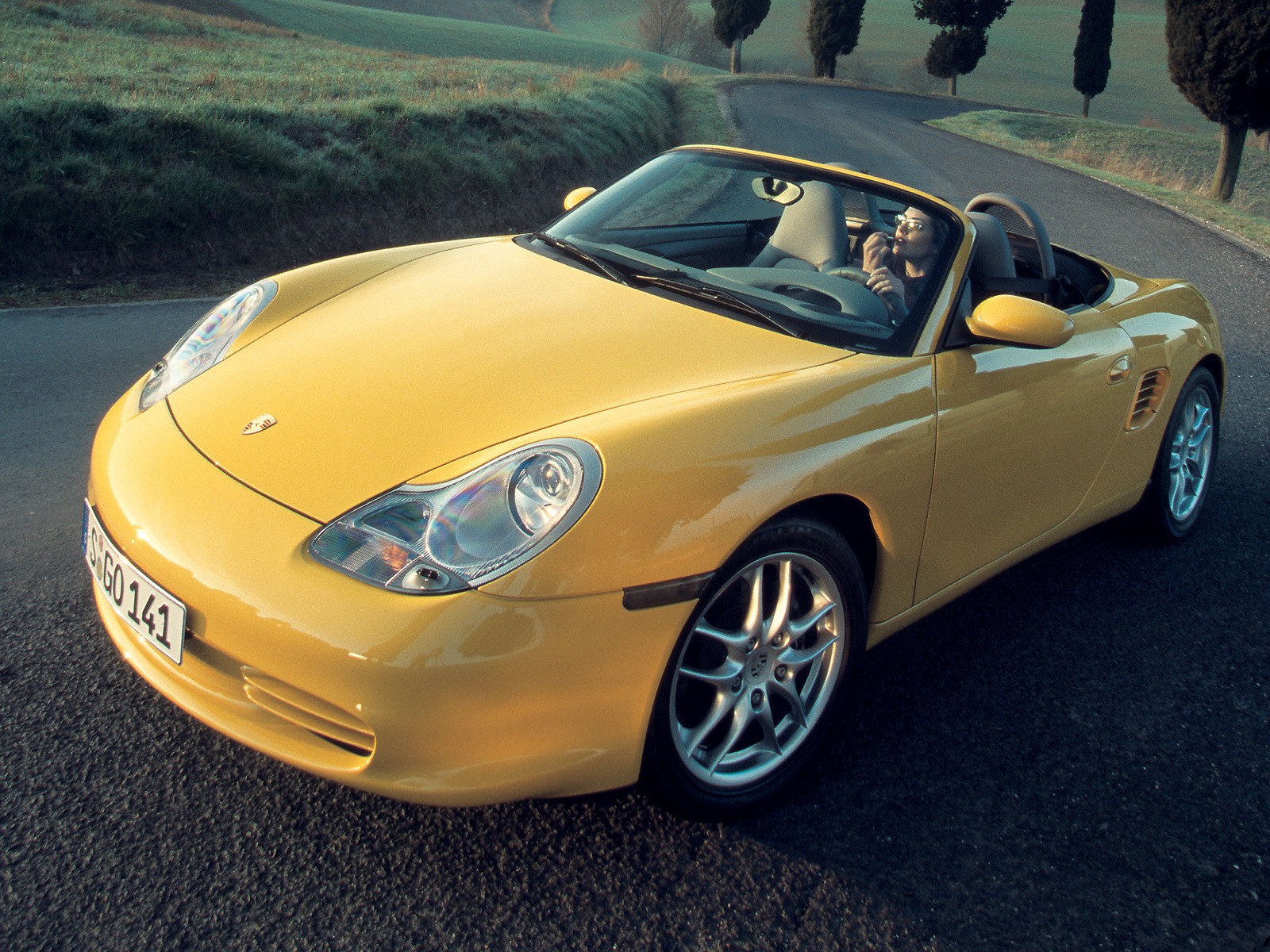(2003 – 2004) Porsche Boxster (V2) – Ultimate Guide
The first generation Boxster got a facelift and refresh for the 2003 model year. The 2003 Boxster came on the market with new engines and new options. It also had a new face, but not that different than the first generation. And while most of the people hoped to have the IMS bearing problem fixed, it was even worse and affected 8% of the cars instead of only 1% for the Boxsters built before 2000. That was caused by the use of single-row bearings instead of double-row bearings.
From the outside, the 2002 Boxster featured an apron with two air-intakes on the sides. It was considered that the centrally-mounted one was useless. Indeed, it was useless unless it looked good. But the manufacturer discovered that later. The small air-intakes on the rear fenders were considered enough for the new engine range. A big improvement was the introduction of a glass rear window instead of the plastic one. A rounded triangular shaped exhaust was placed in the middle of the rear apron.
Both boxer engines received a new version of Variocam. You might remember, the outgoing Variocam adjusted cam phasing by means of timing chain. This limited its range of adjustment to 25 degrees, and the adjustment was implemented in 3 stages. The new Variocam system used a hydraulic actuator at the end of the intake camshaft to vary cam phasing infinitely for a range of 40 degrees.
The result was more horsepower, the 2.7 liter now good for 225 bhp @ 6300 rpm and 192 ft lbs @ 4750 rpm. Power was up by 8 horsepower over the prior year model, while torque was unchanged. If you fitted your base Boxster with the 5-speed manual, it could do 0 – 60 mph sprint in 6.4 seconds, almost a second faster than with the 5-speed automatic (Tiptronic). Compared to the outgoing model, performance numbers were basically flat.
























